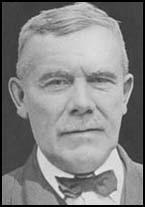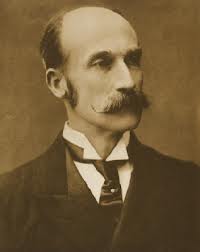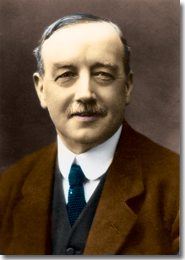by Pete Goddard and Atul Hatwal
At the start of 1919 Labour sat in an unfamiliar position. Its MPs lounged comfortably on the front row of green leather benches directly opposite the government as the official opposition.
Unfortunately, the reason they were so comfortable was that there was lots of elbow room on the opposition benches. On the other side, the government with its massive majority of over 200 members were crammed in tighter than a ballerina’s buttocks
Labour had made it to become the second party of British politics, but only just. The previous December’s election had seen the Liberals implode and Labour, whilst slightly growing in numbers, robbed of almost all of its leading figures at the time when it needed them most.
Only the capable JR Clynes and tough railway union leader Jimmy Thomas had hung onto their seats. Their colleagues were predominantly older union men from the right of the party. This included the new leader, William Adamson, a man described by Roy Hattersley as “a dour and little-remembered Scottish miner.” A bit like Jimmy Krankee then.
In post-war Britain, the situation was volatile. Industrial unrest was increasing and on the 31st January there was a 48 hour strike in Glasgow over working hours. This culminated in 100,000 angry Glaswegians protesting in St George’s square, which terrified the government. Fair enough, a mass of angry Glaswegians would terrify anyone.
A bit twitchy after the Russian revolution, the government immediately reached for the folder marked ‘huge overreaction’. They mobilised 12,000 troops and, the ideal accessory for calming tense situations, six tanks.
The troops and tanks arrived and, several baton charges later, the day was christened Bloody Friday – which is really saying something when you consider the reputation of a regular Friday night in Glasgow.












